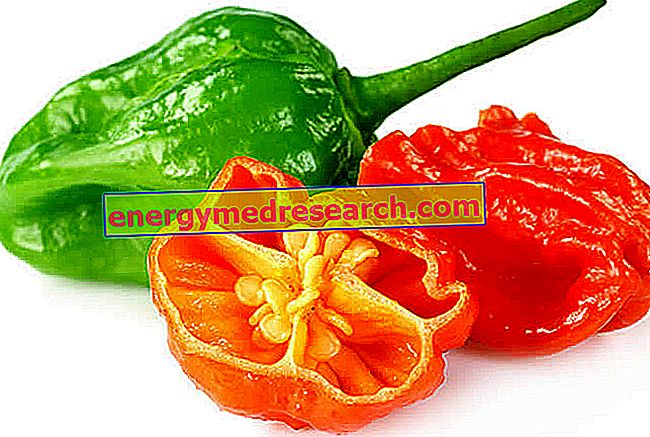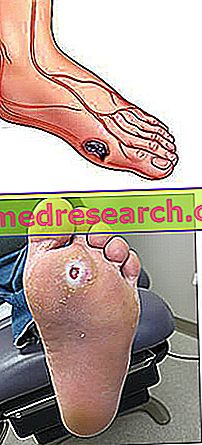
What is Nimenrix?
Nimenrix is a vaccine. It consists of a powder and a solvent that are mixed to obtain an injectable solution. The powder is available in a vial, and the solvent is available in a pre-filled syringe or in a vial (a sealed container). Contains parts of the bacterium Neisseria meningitidis (N. meningitidis).
What is Nimenrix used for?
Nimenrix is used to protect adults, adolescents and children 12 months of age from invasive meningococcal disease caused by four groups of the bacterium N. meningitidis (A, C, W135 and Y). Invasive disease occurs when bacteria spread throughout the body causing serious infections such as meningitis (infection of the membranes surrounding the brain and spinal cord) and septicemia (blood infection).
The vaccine can only be obtained with a prescription.
How is Nimenrix used?
Nimenrix should be used in accordance with available official recommendations.
It is given as a single injection, preferably in the shoulder muscle. In children under the age of two years it can be given into the thigh muscle. Nimenrix can also be used as a booster dose in subjects who have previously been treated with a common unconjugated polysaccharide vaccine, to strengthen the level of protection.
How does Nimenrix work?
Vaccines act by "teaching" the immune system (the body's natural system of defenses) to defend itself against a disease. When a person is vaccinated, the immune system recognizes the parts of the bacterium contained in the vaccine as "foreign" and produces antibodies to fight them. When the person is therefore exposed to the bacterium, these antibodies, together with other components of the immune system, will be able to destroy the bacteria and contribute to the protection from the disease.
Nimenrix contains small amounts of polysaccharides (sugars) extracted from the four groups of the bacterium N. meningitidis: A, C, W135 and Y. These have been purified and then "conjugated" (bound) to the tetanus toxoid carrier protein (a weakened tetanus toxin) which does not cause disease, also used in the tetanus vaccine), as this improves the immune response to the vaccine.
How has Nimenrix been studied?
The effects of Nimenrix were first tested in experimental models before being studied in humans.
The ability of Nimenrix to trigger antibody production (immunogenicity) has been evaluated in five main studies with over 4, 000 participants. Nimenrix has been compared with several other similar vaccines against N. meningitidis in subjects of various age groups, starting from 12 months. As a main measure of effectiveness it was assessed whether the ability of Nimenrix to stimulate an immune response against the four types of polysaccharides of N. meningitidis, and therefore to kill the bacteria, was equal to that of comparison vaccines.
What benefit has Nimenrix shown during the studies?
Studies have shown that Nimenrix was as effective as comparison vaccines in stimulating an immune response against all four types of N. meningitidis polysaccharides in subjects belonging to different age groups. The number of subjects who had an immune response against polysaccharides with Nimenrix was similar to that seen with comparison vaccines. Studies have also shown that, when it is administered to subjects previously treated with a common non-conjugated polysaccharide vaccine, Nimenrix increases the production of antibodies, although to a lesser extent than in previously unvaccinated subjects.
What is the risk associated with Nimenrix?
The most common side effects with Nimenrix (seen in more than 1 patient in 10) are loss of appetite, irritability, drowsiness, headache, fever, swelling, pain and redness at the injection site and fatigue. For the full list of all side effects reported with Nimenrix, see the package leaflet.
Nimenrix should not be used in people who may be hypersensitive (allergic) to the active substance or any of the other ingredients.
Why has Nimenrix been approved?
According to the CHMP it was shown that Nimenrix was at least as effective as the comparator vaccines in stimulating an immune response to the four groups of the N. meningitidis bacterium in subjects of different age groups. The committee found that Nimenrix offered the benefits of conjugated vaccines over conventional vaccines, producing among other things a strong immune response in young children. Nimenrix is well tolerated, and the CHMP considered that it can be safely administered with other vaccines normally used in different age groups. The CHMP therefore decided that Nimenrix's benefits are greater than its risks and recommended that it be given marketing authorization.
What information is still awaited for Nimenrix?
The company that makes Nimenrix will perform studies to evaluate the duration of the protective immune response allowed by Nimenrix in children under the age of two years and in older people, considering among other things the effects produced by the administration of a booster dose.
More information on Nimenrix
On 20 April 2012, the European Commission issued a marketing authorization for Nimenrix, valid throughout the European Union.
For more information about treatment with Nimenrix, read the package leaflet (also part of the EPAR) or contact your doctor or pharmacist.
Last update of this summary: 03-2012.



